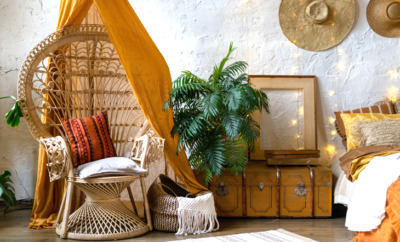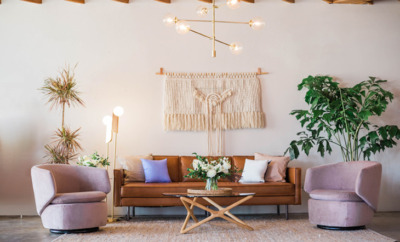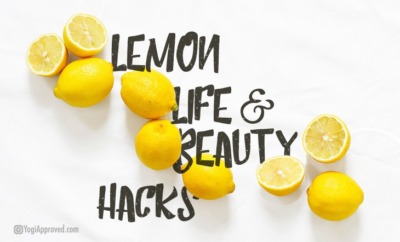How to Choose the Paint Color for Every Room in Your Home Using Feng Shui

paint color feng shiu
Decorating your home in an aesthetically pleasing and spiritually satisfying way is not just a matter of art or science . . .
Color psychology and ancient Chinese philosophy overlap when it comes to choosing shades that will be harmonious and that will also promote the desired effect in each room of your house. Combining these insights with your own personal taste will help you create a home that truly reflects your beliefs, your aims, and your personal outlook.
What is Feng Shui?
Feng shui is a Chinese philosophy that creates harmony with individuals and their surroundings. Colors, in feng shui, each represent one of the five feng shui elements: earth, metal, water, wood, and fire.
Feng Shui Colors By Element + Their Meanings
As a brief refresher, each color is associated with an element and has a particular meaning, symbolism, and focus.
Fire Element Colors:
The color red represents fire in feng shui. It is ideal for your dining room, as the intense energy and heat of the color red will create a sociable atmosphere and lively conversation – if this is what you want! Red can, on the other hand, promote anxiety and over-activity, so it might be worth avoiding if your family dinners are already become lively enough . . .
In that case, orange – another fire color – might be a better pick. Also appropriate for living rooms, this underused color is both stimulating and calm. It is happy, creative, and fun-loving, so although it not one to put into a space that is dedicated to purely relaxation, it should create a positive vibe in a social room.
Water Element Colors:
Blue, conversely, is a water color. It is associated with calmness, but also with wealth. Blue is peaceful, and thus a good choice for the bedroom! Wood element colors include brown and green. Since green combines balance, liveliness, and creativity, it is an ideal color for the study – or wherever it is you go to do mental work.
Metal Element Colors:
Grey and white are metal colors. Representing sharpness and precision, they make another good choice for the study, but also for areas that you do more physical work, such as the utility room or garage.
Earth Element Colors:
The basis of the earth colors is in yellow and beige. Beige can be a soothing, refreshing color for the bathroom (and it is usefully ‘neutral’ in both practical and spiritual terms). Earth colors are also important for centering your home: thus, as an upbeat, powerful color, yellow is an excellent choice for the kitchen.
To learn more, check out this awesome infographic below for easy reference:

Explore Feng Shui More In-Depth
Your awareness and use of the energy associated with the colors you choose can get more deep and complex. You might look into bagua, which is the energy map of your home, and is affected by a variety of factors, including the compass position of each room.
In this system, it is important to pay attention to the complementary use of different element colors, and their flow throughout the home, according to the positive and negative cycles implicit in their energies. For example, wood complements fire, earth and metal go together, and water combines with wood; but wood and earth, or water and fire, exist in destructive cycles with one another.
This fascinating concept is well-worth researching if you’re serious about decorating your home in a manner that respects the tenets of feng shui. If you don’t want to go as deep as all that, it is at least worth considering potential paint colors in terms of what they represent according to this philosophy – the emotional implications of which have been backed up by more recent psychological studies.
The next time you’re ready to paint the rooms of your home, turn to feng shui to help guide you. With such long-trusted decorating advice rooted in Chinese philosophy, how could you go wrong?
Infographic Credit: HomeAdvisor


This Month's Letter
From the Editor
Monthly motivation and food for
thought from our founder.


























